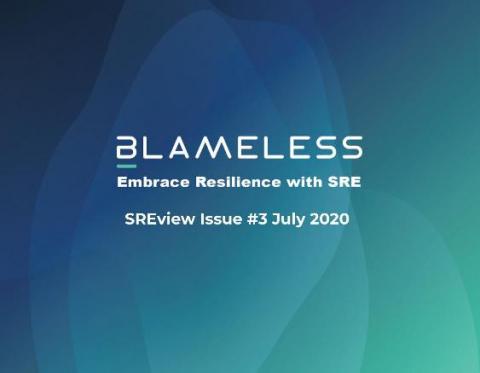Operations | Monitoring | ITSM | DevOps | Cloud
Latest News
Defining your Sev-1s
One of the primary things you need to figure out whenever your team is formulating your incident management process is describing in words what a Sev0(your highest incident priority) looks like. “Website doesn’t work” is certainly no enough. “Website is up but a key resource (ie CSS file) is missing, rendering the website unusable” is still not enough. “A single page on the website is 404’ing” is not a major but could be a minor incident.
Rein in Your Incidents: Incidents and Alerts Foundations
Solving incidents is hard. Depending on your current situation, you may also be losing a lot of time figuring out what notifications constitute an incident. This results in more and more lost time as every notification must be triaged as a potential incident before you can proceed to move to resolve or disregard (as a non-incident). All this may sound very cumbersome, but the fastest way to improve is to learn and define what incidents are. And you’re in luck!
NOC vs SOC: Which is more important?
Your enterprise likely has a network operations center (NOC) and a security operations center (SOC), both of which play an important role in your day-to-day operations. But, what differentiates your NOC from your SOC? To find out, let’s answer some of the key questions surrounding NOC vs.SOC.
On-Call Scheduling: Building a Winning On-Call Schedule for Your Team
On-call scheduling enables 24/7/365 availability of service providers for critical issues like system downtime, technician response for critical systems, and patient care. Learn about the importance of on-call schedules for your organization and its customers, how to design an on-call schedule, and multiple ways you can build an on-call scheduling program that will improve customer response and make staff happier.
Leaders, Here's how to Encourage Full Service Ownership
OnPage Mentioned in Gartner's Hype Cycle for Clinical Communication and Collaboration
Clinical communication and collaboration (CC&C) systems enhance care coordination to improve the patient experience. The systems are equipped with secure mobile messaging, allowing care teams to ditch their insecure pagers for HIPAA-compliant smartphone applications. Gartner, the global leader in tech research, has released its Hype Cycle for Real-Time Health System (RTHS) Technologies, 2020.
SREview Issue #3 July 2020
How SLOs Help Your Team with Service Ownership
Summit EMEA: How Vodafone Is Enabling Immutable Telemetry
In June, we were delighted to host our first ever virtual PagerDuty Summit EMEA! Llywelyn Griffith-Swain, SRE Manager, and David Jambor, Head of Systems Engineering at Vodafone, were among our speakers. They outlined Vodafone’s approach to achieving immutable telemetry. David opened the session by defining Vodafone’s strategic goals. “Our vision is to create an engineering-driven culture,” he explained. “We want to empower development teams to be self-sufficient.










